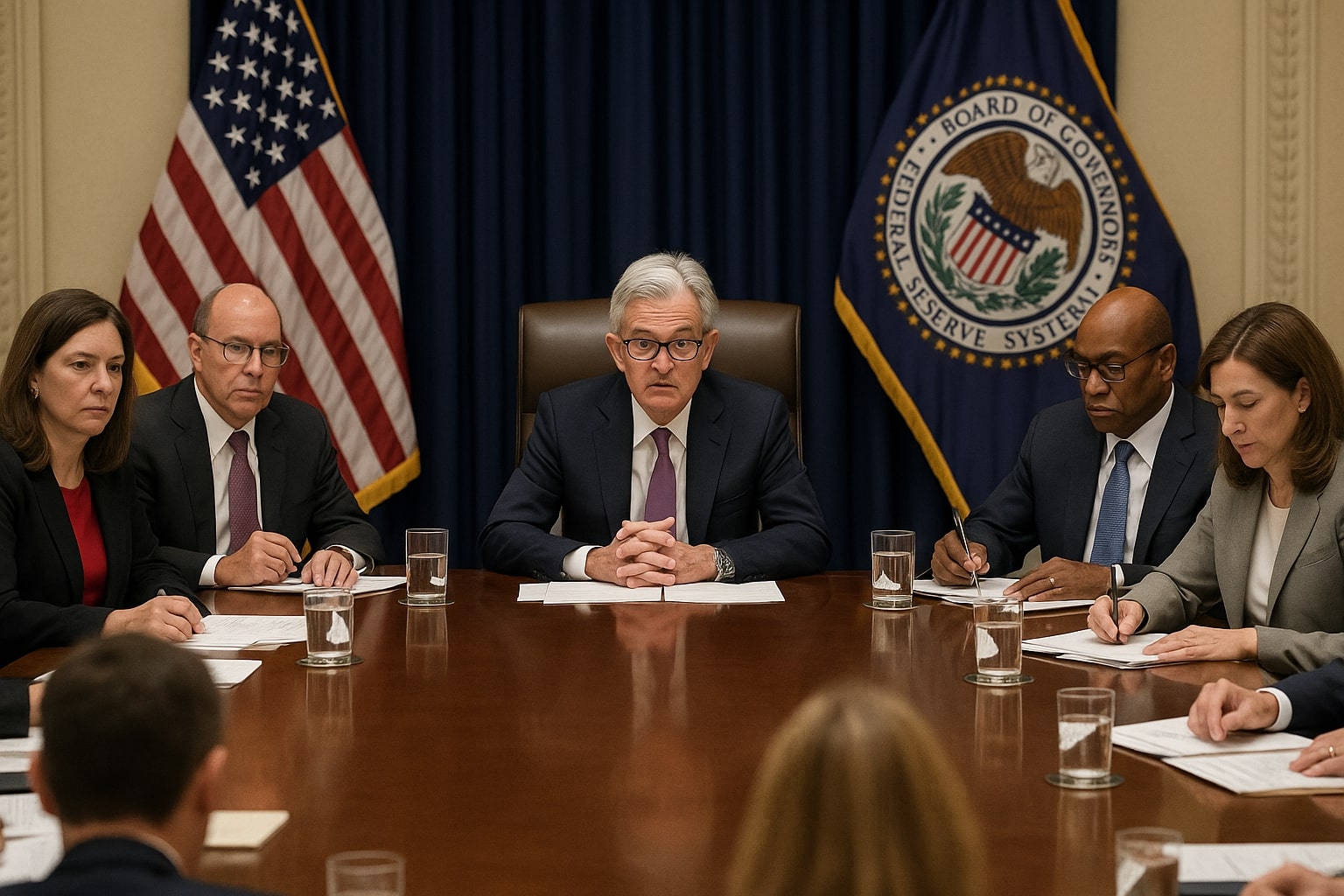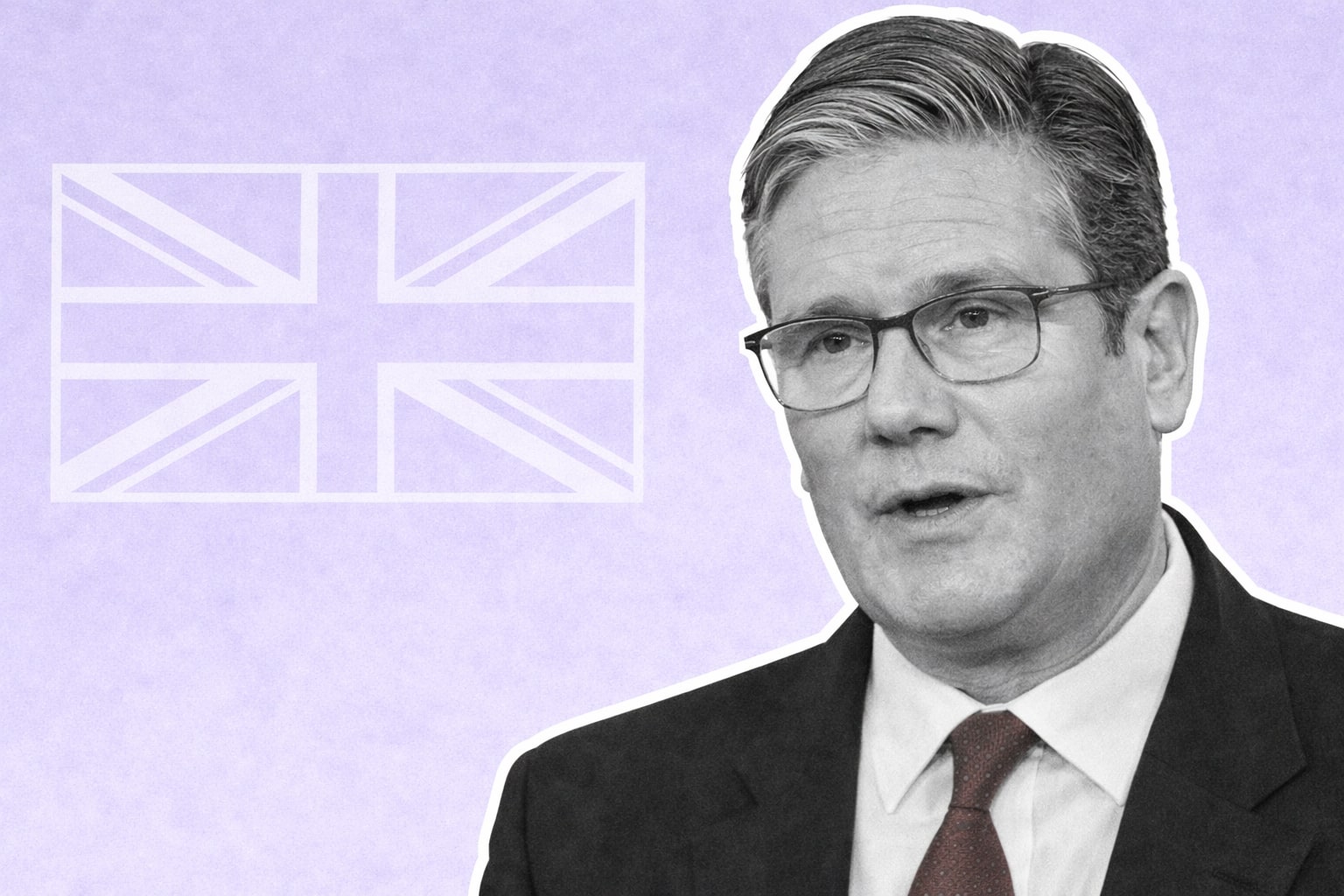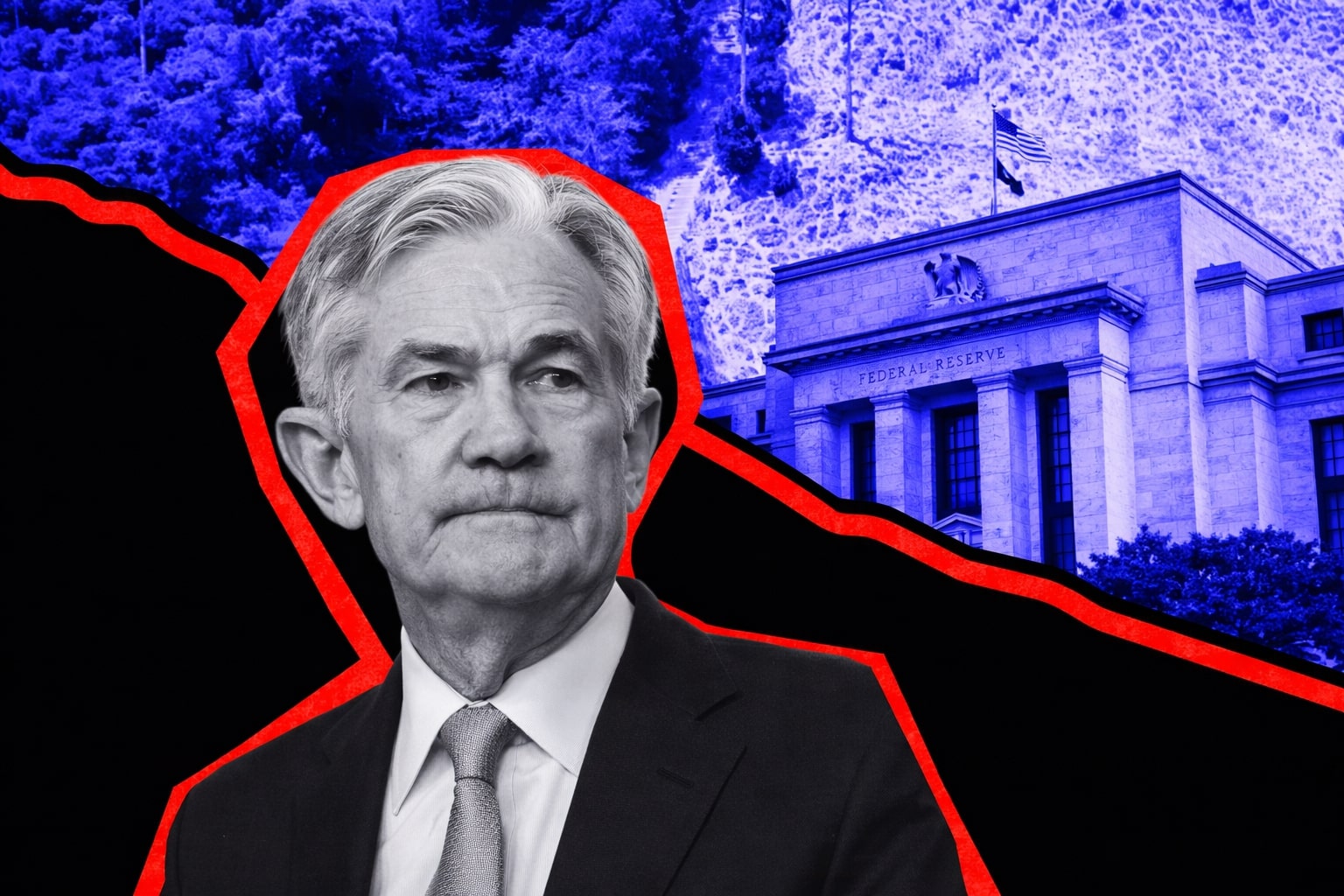EUR/USD: Struggling for Direction Amid Economic Uncertainty
The EUR/USD pair has been in a period of consolidation recently, hovering just above key technical levels but lacking strong momentum to push either higher or lower. As we await the Federal Open Market Committee (FOMC) meeting, traders are hesitant to take positions, preferring to remain on the sidelines. The outlook for EUR/USD remains clouded by multiple cross-currents, with U.S. economic data providing mixed signals, alongside ongoing tariff uncertainties that continue to create volatility in global markets.
Technical Breakdown: Near-Term Resistance and Support Levels
The EUR/USD currency pair has recently faced significant technical challenges. One of the major hurdles for bulls has been the breakdown below the 100-period Simple Moving Average (SMA) on the 4-hour chart, a move not seen since early April. This break was seen as a bearish signal, but it is important to note that oscillators on the chart have yet to fully confirm the downtrend, holding in bullish territory on the daily chart. This suggests caution is warranted before positioning for a deeper downward move.
Despite the bearish outlook, EUR/USD continues to hold above key support levels. On the upside, immediate resistance is pegged at the 1.1380 region, where the 100-period SMA currently resides. A sustained move above this level could allow the pair to break through the 1.1400 round figure and potentially target 1.1425–1.1430, which acted as a barrier previously. If bulls manage to maintain control, the next major psychological level to watch is 1.1500, which has proven significant in past price action.
On the flip side, immediate support for EUR/USD stands at the 1.1265 level, a three-week low seen last Thursday. A break below this could pave the way for further declines, with the next targets being the 1.1200 and 1.1140 regions. Should the pair break 1.1140, the 200-period SMA on the 4-hour chart could offer the next line of defense.
Global Economic Factors Weigh on EUR/USD
The U.S. Dollar (USD) has faced a significant headwind in recent weeks, with trade developments and economic policy uncertainty playing a pivotal role. A noteworthy factor driving the USD's struggle is the ongoing discussions surrounding U.S.–Taiwan trade relations. The Taiwan Dollar (TWD) surged by 5% due to rising expectations for a trade agreement between the U.S. and Taiwan, putting downward pressure on the U.S. Dollar and shifting capital flows towards alternative currencies like the Japanese Yen (JPY) and Australian Dollar (AUD). These shifts further complicated the EUR/USD outlook, as capital rotation generally influences the relative strength of the Euro against the U.S. Dollar.
The uncertainty surrounding U.S. trade policies, particularly President Donald Trump's fluctuating stance on tariffs, continues to undermine the Dollar's strength. Trump's threats to impose additional tariffs on foreign-produced goods, including a 100% duty on films and pharmaceuticals, have fueled concerns over a potential slowdown in the U.S. economy. This has created a volatile environment for the EUR/USD pair, leaving it vulnerable to additional downside should tariff policies escalate further.
Mixed U.S. Economic Data: A Push and Pull on the Dollar
On the positive side, recent U.S. economic data has offered some relief to the Dollar, as the U.S. labor market remains robust. The U.S. jobs report for last month exceeded expectations, showing continued job growth, while the U.S. ISM Services PMI came in at 51.6 for April, signaling expansion in the services sector. These positive figures have helped ease recession fears, providing some support to the USD and weighing on the EUR/USD pair.
However, the Federal Reserve's upcoming policy decision remains the key focal point. Markets have fully priced in a decision to keep interest rates steady, but the guidance provided by Fed Chairman Jerome Powell will be crucial. A dovish statement could further undermine the U.S. Dollar, providing upside potential for the EUR/USD. Alternatively, any hawkish tone could offer a fresh boost to the USD, reinforcing resistance levels for EUR/USD.
Geopolitical Risks and Eurozone Policies
Meanwhile, the Euro has been supported by geopolitical developments within the Eurozone. The recent election of Conservative leader Friedrich Merz as the new Chancellor of Germany, alongside his government’s plans for significant defense and investment spending, has contributed to a modest increase in confidence regarding the Euro’s outlook. The news has provided some upside support for the Euro, albeit limited by expectations of easing from the European Central Bank (ECB). The ECB is anticipated to cut interest rates further in its June meeting, which poses a challenge for the Euro, as any rate cuts could stifle upward momentum.
Additionally, the current inflationary pressures in the Eurozone, exacerbated by tariffs, have put the ECB in a difficult position. While inflation remains above target, any efforts to ease monetary policy could further weaken the Euro, especially as the Fed holds a more cautious stance in comparison.
Short-Term Momentum: What to Expect for EUR/USD
Looking at the shorter-term technicals, EUR/USD continues to show mixed momentum. The Relative Strength Index (RSI) is currently in neutral territory around 58, indicating that while there is moderate bullish momentum, the pair is not yet in overbought territory. The Moving Average Convergence Divergence (MACD) indicator has flashed a sell signal, adding some caution to the bullish outlook. However, other oscillators such as the Ultimate Oscillator and Awesome Oscillator are still in neutral territory, suggesting that the market remains indecisive.
From a purely technical standpoint, the EUR/USD remains in a bullish structure, with support levels holding firm beneath the current price action. The 20-day, 100-day, and 200-day Simple Moving Averages lie below the price, reinforcing the overall upward trend. Should the pair break above the resistance at 1.1400, it could test the 1.1500 level, though potential headwinds from the ECB and U.S. monetary policy decisions should not be overlooked.
Trade Strategy: Is It Time to Buy, Sell, or Hold EUR/USD?
Given the current setup, EUR/USD presents a mixed outlook in the short term. There is potential for further upside if the pair breaks above the immediate resistance at 1.1380–1.1400 and clears the psychological barrier at 1.1500. However, the presence of tariff uncertainties, coupled with the Fed's cautious stance, keeps the Dollar from fully retreating, suggesting that any rally may be capped in the near term.
In light of these factors, the best course of action is to hold positions in EUR/USD for now. Caution is advised ahead of the upcoming FOMC decision and any potential developments on U.S.–Eurozone trade relations. While the overall trend remains bullish, there is a risk of short-term pullbacks if support levels at 1.1265 or 1.1200 fail to hold.
EUR/USD could prove to be a volatile currency pair over the next few weeks, so traders should remain vigilant and monitor key developments, especially regarding the U.S. Federal Reserve's guidance and potential shifts in global trade dynamics. With a careful approach, there remains a chance to capitalize on both bullish and bearish movements, but the market’s caution and the absence of clear momentum make a wait-and-see strategy the most prudent at this time.
That's TradingNEWS



















